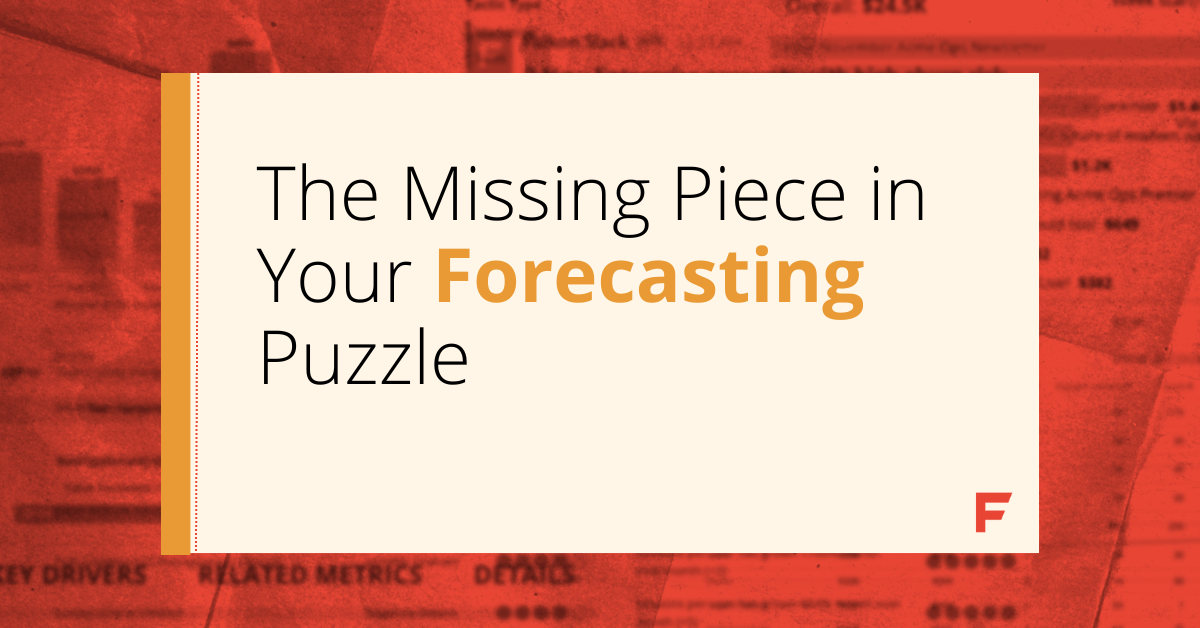Forecasting is not an exact science; it's an intricate puzzle where each piece plays a crucial role in unveiling the final image - your business's future. One such significant piece often overlooked in the B2B SaaS industry is the behavior of your sales representatives. Yes, you heard that right. Those charming conversationalists who bridge the gap between your service and your clients can hold the key to enhanced forecasting accuracy.
But how do we harness this valuable resource? Let's dive deep into the exciting world of sales rep behavior and discover how it can supercharge your forecasting game.
Unveiling the Patterns
Your sales reps aren't just selling - they're interacting, understanding, and adapting. Each rep has a unique approach to selling your product. Some may excel at relationship-building, making clients feel heard and valued. Others might have an innate knack for solving problems and overcoming objections with finesse and grace. These individualized approaches, techniques, and success rates culminate in unique patterns that we can leverage for more accurate forecasting.
Imagine having the ability to say, "Rep A's approach leads to a 10% higher close rate with companies in the healthcare sector," or "Rep B's storytelling ability increases our quarterly revenue by 15%." It's like peering into a crystal ball, only this one is powered by data, not magic.
The Tech to Unearth the Trends
Harnessing these patterns doesn't require telepathy; it requires technology. The intersection of CRM software and AI analytics is the promised land where sales rep behavior can be quantitatively studied and utilized. Tools like Gong, Chorus, or Einstein Analytics from Salesforce are leading the charge in this field.
These platforms have the capability to analyze tons of sales call data, uncovering the behaviors that lead to successful deals. They can track conversation metrics, like talk-to-listen ratio, question types, and even the sentiment of a sales call. These data points, analyzed over time, allow us to draw out patterns and insights tied to specific reps or strategies.
Putting The Puzzle Together
With these insights in hand, sales managers can create a more nuanced and accurate forecast. By incorporating rep-specific behavior into forecasting models, we can predict with greater precision how different sales strategies will perform in different scenarios.
For instance, if you know that Rep C's meticulous follow-up strategy yields a high close rate with long sales cycle clients, you can allocate more of such clients to them and incorporate this data into your forecasts. Likewise, understanding which sales tactics work best for certain industries or client profiles can significantly improve the accuracy of your sales predictions.
Redrawing The Future
Going beyond just forecasting, these insights can also inform training and recruitment. If a particular behavior consistently leads to successful outcomes, why not train other reps to incorporate it into their sales strategy? Conversely, if another behavior seems to be stunting deals, it can be addressed in training or coaching sessions.
Harnessing sales rep behavior is a shift from relying solely on numbers and towards recognizing the human element in sales. It's about acknowledging that behind every sales figure is a conversation, a relationship, a problem solved, or a value proposition expertly communicated.
In the end, it's a thrilling thought, isn't it? That your sales reps' behaviors, their individual approaches to the art of selling, could hold the missing piece in your forecasting puzzle. By understanding and leveraging these behaviors, you can not only enhance your forecasting accuracy but also unleash a more effective, more adaptable sales force ready to thrive in the ever-evolving B2B SaaS landscape.
Your puzzle is awaiting completion. Are you ready to place the missing piece?

